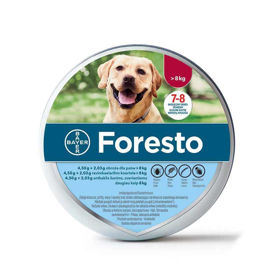Customer question:
How is Lyme disease treated? Anonymous customer's question
Pharmacist's answer:
Lyme borreliosis is primarily treated with antibiotics. The sooner Lyme disease treatment begins, the greater the likelihood of a successful recovery. However, some people being treated for Lyme disease may continue to show symptoms even after treatment has ended.
If you are prescribed antibiotics, finishing your treatment with them is essential, even if you feel better. This will help ensure that all bacteria are killed. If your symptoms are particularly severe, you may need antibiotic injections (intravenous antibiotics).
The choice of antibiotics, the method of use, and the duration of treatment depend on the patient's clinical manifestations and the stage of the disease, as well as the presence of any concurrent medical conditions or allergies.
Some antibiotics to treat Lyme disease can make your skin more sensitive to sunlight. Therefore, avoid prolonged exposure to the sun and certainly do not use tanning beds until you have finished treatment.
There is currently no agreement on the best treatment for post-infectious Lyme disease, mainly because the underlying cause is unclear. Therefore, be wary of websites that offer alternative diagnostic tests and treatments.
There is no vaccine to prevent Lyme disease, so the best way to prevent the disease is to adopt simple habits when you are in nature or around wild animals and protect yourself effectively.
Interesting reading: Signs of Lyme












 Facebook
Facebook
 Instagram
Instagram
 info@moja-lekarna.com
info@moja-lekarna.com

